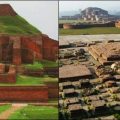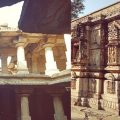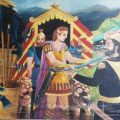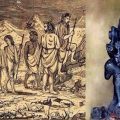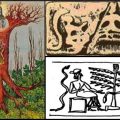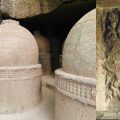A Retreat Near Chamundi Hills Brings You Gifts From Ancient India
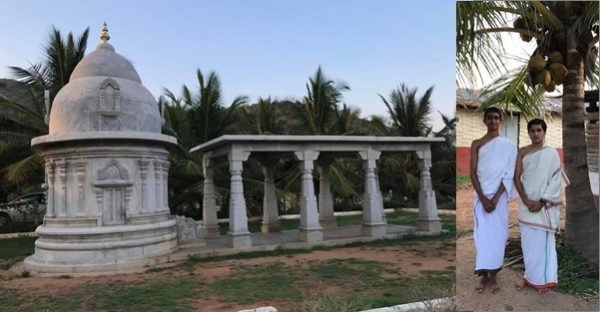
My family’s second stop in Mysuru after the Prakruthi Ayurveda Prathishtana was at Bharati Yogadhama, Mysore, another organization which is doing great work in the area of preserving and propagating ancient Indian wisdom, but struggling with funding. To be honest, I was not expecting anything more than a small ashrama. So I was taken aback to find myself in the middle of 25 acres of land adjoining Chamundi Hills!
At the entrance of the institute, we were received by a person simply dressed in a white dhoti and kurta. At that time I had no idea about the accomplishments of the person because he made no attempt to project them. With utmost humility, he showed us the halls used for yoga, halls for conducting seminars/lectures, open-air classroom for summer camps, cottages for teachers, rooms for students and various other facilities.
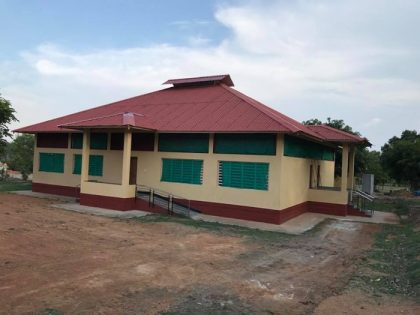
There was even a library of Sanskrit books. In passing, he mentioned that he learned yoga from none other than Pattabhi Jois himself! His name was Dr Shankaranarayana Jois and he was a professor of Sanskrit literature in Mysore College as well as an expert in Jyotisha Shastra and a trustee of the institute.
Dr Jois showed us the tree saplings that had been carefully selected and planted with the intention to conduct research on their Ayurvedic properties including effects on the mind and body. Different trees had different impacts, according to our Shastras he informed. Some trees made you feel alert and rejuvenated, some made you feel sleepy, and there were scores of other impacts associated with trees, he said.
Some of the saplings had died due to a shortage of water in the high temperatures. “We have now dug a tank for rainwater harvesting,” he said and showed us all the channels by which rain would be collected to enable the saplings to grow.
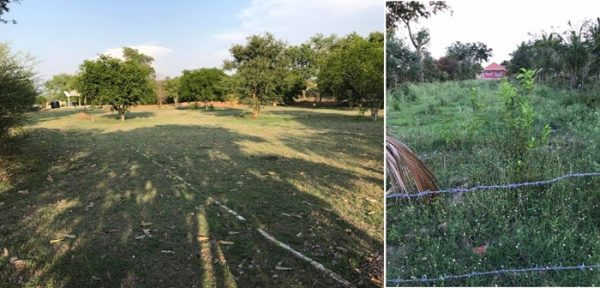
For one hour everyday, teachers and students at the institute are required to do shramadaana. We saw some of them digging away.
“We would like to build a small observatory in the manner of Jantar Mantar to study the stars and planets,” said Dr Jois. “But we have run out of funding.”
The sun was setting and we realized that if we kept walking, it would take ages to see the main features of the institute. So, we got into our cars to visit the temples within the campus. There were two tiny temples, one of them dedicated to Dhanvantari, the deity of Ayurveda. There was a beautiful ambience all around and I felt as if I could easily sit there with eyes closed in bliss.
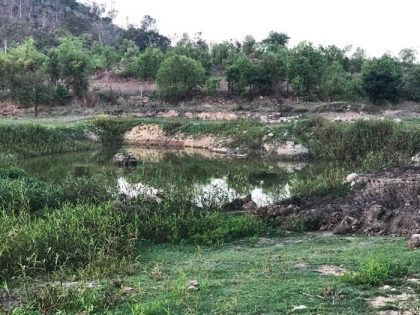
Next, we went to a lake near the edge of the Chamundi Hills, which was being deepened and widened in order to hold more water. The lake had shrunk considerably in the heat but once the monsoon arrived, the waters often caused flooding, we were told. How alluring the place must look in the monsoon. Pointing to a place some distance away, Dr Jois said it was a place for meditation.
The best had been reserved for the end – the Gaushala! Bharati Yoga Dhama is breeding rare indigenous varieties of Indian cows, which are becoming extinct. It is even distributing these cows to nearby villages free of cost in order to increase their population.
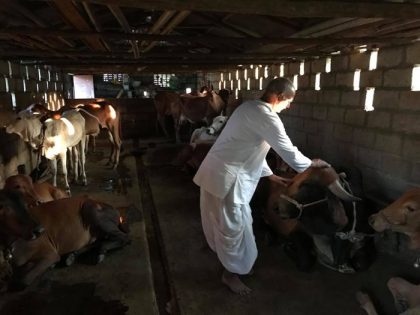
When I went inside the shed, I was astonished to find big-sized cows. That’s when I realized that the indigenous Indian breeds were actually quite big and sturdy not the famished looking ones we see on streets. They looked at us with their gentle eyes. I felt a spiritual calmness descending on me in the company of these cows. Then I suddenly remembered that this was the exact property associated with Gau in the ancient Shastras!
“Why are the cows inside the shed? Should they not be grazing freely outside?” I asked.
“Because it is evening!” said Dr Jois. “They grazed freely the entire day, and now they are back in the shed!”
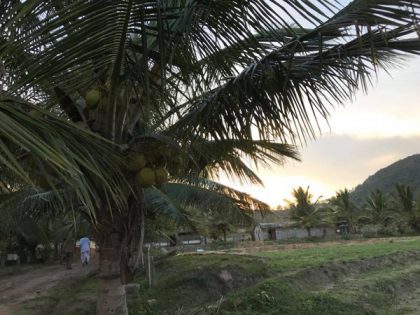
Of course! My husband’s favorite idiom “until the cows come home” suddenly flashed in my mind.
Dr Jois invited us to drink glasses of kashaya in the Paakshala. Two fresh-faced young boys dressed in dhotis served us the herbal drink they had prepared. It felt lovely to sip the kashaya instead of tea or coffee that we usually drank at home.
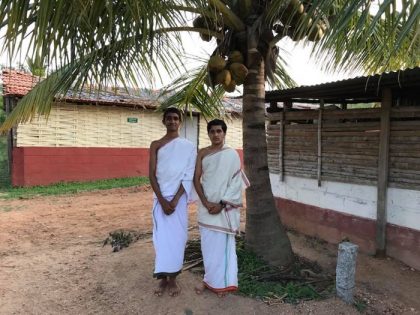
I talked to the boys and learned that they were students of B.Com in Mysuru. They attended classes in college for a few hours everyday but were also getting trained in the Shastras at the Yogadhama. I envied the education they were getting.
Taking out some money from my purse, I offered it as a donation to Dr Jois. He requested for a cheque since they did not accept cash more than 2,000 Rupees.
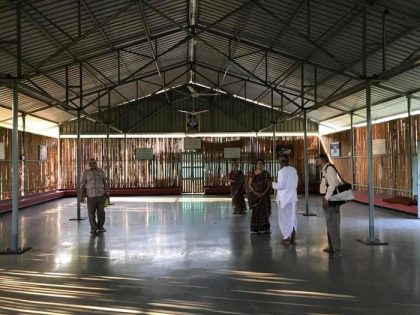
Then he presented me with a book written by him: “The Sacred Tradition of Yoga”. I tried to insist in vain that he should let me pay for the book.
“All I want is that you promise me you will read the book,” said Dr Jois firmly. I promised. But I know he needs money. Can we all do our bit?
Please visit their website to know more about Bharati Yogadhama and to contribute to their causes.

